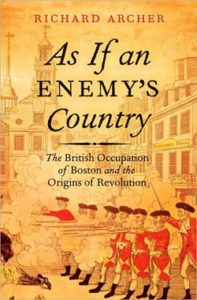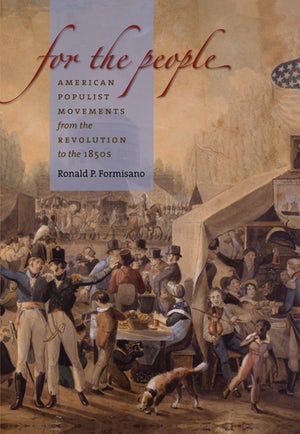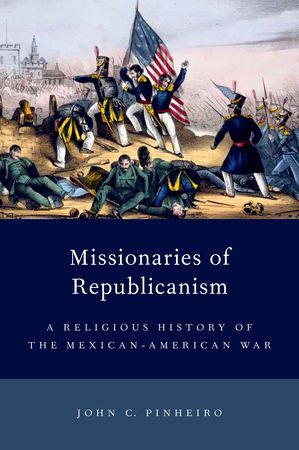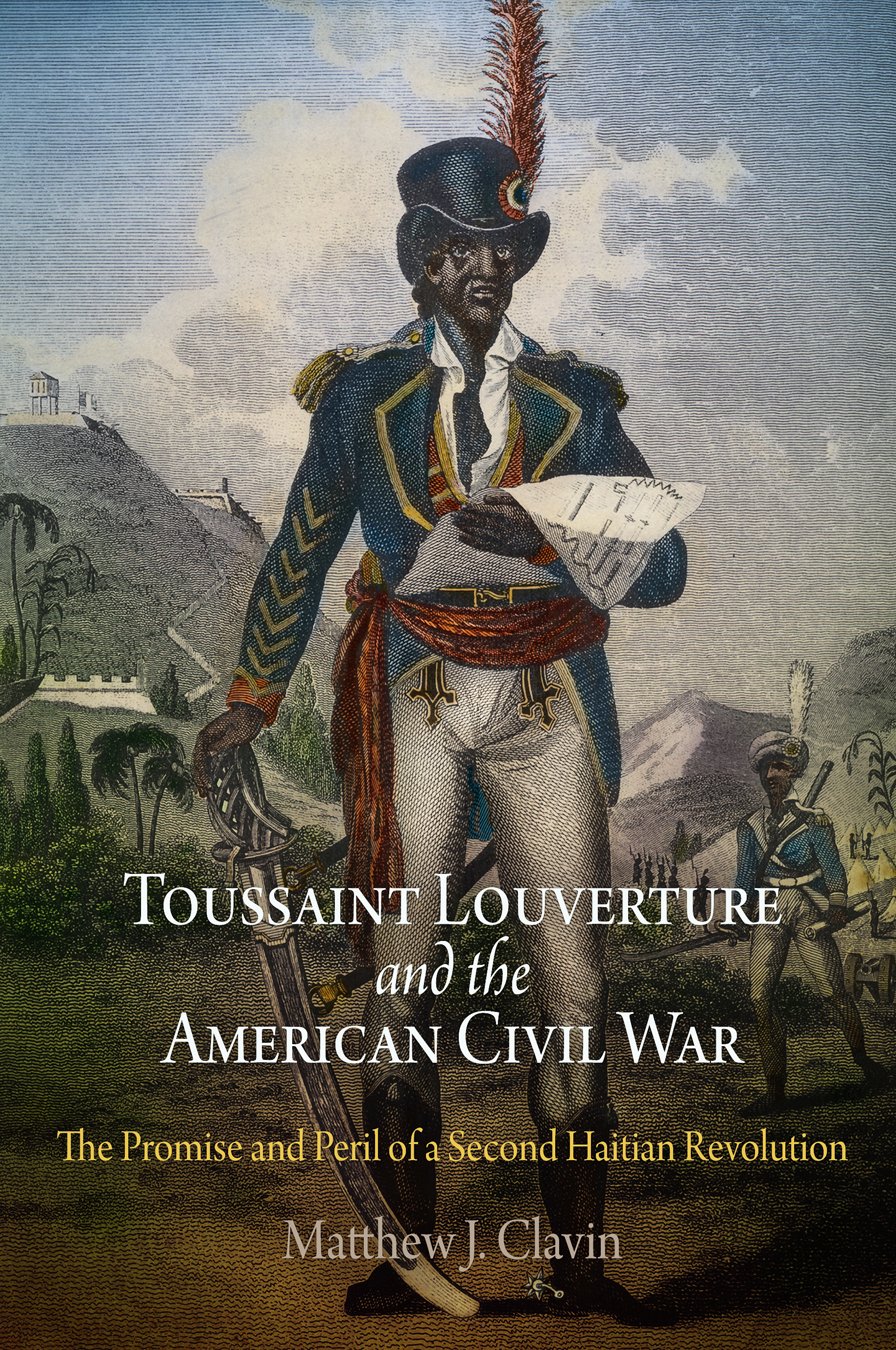On October 1, 1768, the American Revolution began for Mercy Otis Warren. On that day, a “hostile parade” of British soldiers marched through the streets of Boston in a time of peace. The result of the city’s seventeen-month military occupation was a confrontation on King Street in 1770 that became known as the Boston Massacre. John Adams would later comment, “on that night the Foundation of American Independence was laid.” The connection made by both Warren and Adams between the presence of British soldiers and the course of American independence highlights the influence the occupation had on Bostonians’ perceptions of their British identity. It is a theme that Richard Archer elaborates in As If an Enemy’s Country, which argues that the period between the “parade” and the massacre fractured Bostonians’ British identity and laid the foundation for the emergence of a new, American identity.
Archer’s narration of events leading to the massacre is not new. His contribution resides in his interpretation of how these events shaped Bostonians’ concepts of their status within the British Empire. He argues that upon the regiments’ arrival, Boston became an “enemy’s country” in the citizens’ mind because the action challenged their status as equal British subjects. The occupation initiated a permanent shift in Bostonian identity. He prefaces this argument by affirming that neither the massacre nor the revolution was inevitable, but both resulted from a series of compounding choices made by colonists and the British government. Archer’s goal is to demonstrate that as the relationship between Bostonians and enforcers of parliamentary policy (soldiers and officials) broke down so did the colonists’ concept of their status within the empire.
He begins by laying out colonial resistance to Parliamentary taxation, particularly the Stamp Act. By tracing the reactions of royal officials, Whig leaders, and the actions of Boston’s mob, Archer argues that by the spring of 1766, Bostonians had shown their willingness to resort to “extralegal measures” in the name of preserving their rights as British citizens (39). He contends Parliament encouraged this behavior by ignoring “the plight of the colonists” and refusing to read the petitions sent in protest (45). This “marked the beginning of an opposition movement” (39) which encompassed a wide cross-section of the population. No single group—not merchants, town officials, consumers, ministers, or the mob—could resist Parliamentary taxation on their own. He argues an unintended consequence of the Stamp Act was that the collective resistance to the legislation brought Bostonians together by “giving them a common cause and an emerging identity” (47).
Archer identifies the interim period between the repeal of the Stamp Act and the arrival of troops as a series of blunders and poor decisions on the part of royal officials, both in Boston and London. The intent was to affirm Britain’s authority over the colonies, but the resistance to the Townshend program left Great Britain with only two options. They could repeal the taxes, as they had with the Stamp Act, or send the military to enforce the legislation. The improper seizure of John Hancock’s ship Liberty was a further extension of the governing officials desire to enforce British regulations. Archer contrasts Britain’s increasing authoritative actions and the final decision to send troops with Bostonians’ increased efforts to remain loyal subjects. On the eve of the arrival of the two regiments, the Massachusetts Convention proved this by not reaffirming the need to resist government policy by any means, but instead confirming, “almost all citizens were genuinely loyal to Great Britain” (103).
The period between the arrival of troops in the fall 1768 and the massacre in March 1770 convinced Bostonians of the government’s intent to deny them their rights as British citizens. Archer argues that the presence and actions of the troops increased the citizens’ consciousness of their subjugation. He cites the soldiers’ encouragement of slave uprisings, assaults on women, disruptions of the Sabbath, and theft, among other social transgressions, as constant reminders of the city’s occupation. As a result, Bostonians of all political and economic factions came to identify themselves in opposition to the soldiers. The troops, however, limited their options for resistance. Archer argues Bostonians understood that violent mob action would validate Britain’s decision to occupy the city and therefore, they searched for an alternative form of recourse. Non-importation remained the strongest form of resistance and proved to unite merchants across political lines.
A stream of conflicts, including the disapproval and scaring-off of John Mein and the death of Christopher Seider, heightened the agitation of the colonists at their continued occupation. The massacre on March 5 was the culmination of the colonists’ frustration over their occupation and, as Archer points out, their victory. In the aftermath, the removal of troops from Boston and the repealing of most of the Townshend duties (except for the one on tea), gave citizens a sense that the course of resistance they pursued was the appropriate one. Following these perceived victories, particularly the removal of the troops, the non-importation movement began to fracture. According to Archer, the consensus among the citizens was a desired return to “normalcy”—a city unoccupied by soldiers and no longer burdened with taxation. Despite a partial regaining of the “quasi-autonomy that had existed prior to the conclusion of the Seven Years’ War,” the sense of alienation within the empire was permanent (226). Bostonians’ opinions radicalized during the occupation and confirmed that the colonists were “not a subordinate but a separate people” (228).
By focusing attention on the shift in Bostonians’ identity, Archer’s work is an overdue advancement on the dominant interpretation espoused in Hiller Zobel’s The Boston Massacre (1970). His detailed account examines the events as an erosion of authority led by manipulative Whig leaders and dealt with by frustrated officials. Archer elaborates on Zobel’s assertion that the massacre resulted from a breakdown in law and order, but argues that Bostonians’ collective trust of British authority dissolved as their perception of oppression increased. By expanding on the legal ramifications of the events surrounding the massacre, Archer focuses needed attention on the how the economic and social strains created by occupation had permanent consequences for colonial identity.
Though Archer is able to show the formation of a separate identity in Boston, he mirrors Zobel’s narrative of the events and does not engage the implications of the massacre’s commemoration. Archer does not, as Zobel does, write off the anniversary orations of the massacre as “naive rhetoric,” but claims that the commemorations between 1771-1783 signified “a political and psychological need for the citizens to remember” (229).
This “need” is vital, but remains unexplored in Archer’s historical narrative. It’s obvious that the annual celebration of March 5 promoted cultural cohesion in Boston by harnessing the massacre’s memory to remind citizens of the shared struggle to preserve liberty and prevent tyranny represented by a standing army. Unfortunately, despite his assertion that the orations were an annual reminder of “the existence of Bostonians and other colonists as a people apart, a population with unraveling ties to the British Empire,” Archer does not take the next step to connect the massacre to its memory (229). By limiting himself to the standard narrative of events, Archer misses an opportunity to examine the subsequent legacy of March 5 and the evolution of a non-British identity after 1770. Archer succeeds in arguing that Boston’s occupation in the years prior to the massacre fractured their British identity; but what is missing is a full examination of how citizens maintained that identity in the following years leading to independence. Only by examining the meaning of the massacre, and its origins in conjunction with its commemoration, can historians develop an understanding of its significance to Bostonians in terms of collective memory, identity formation, and its broader relationship to the revolution.
Archer’s As If an Enemy’s Country contributes to the ongoing debate over the formation of American identity. His persuasive argument focuses on when and how Bostonians started to question their understanding of themselves as British and leads to his conclusion that, “the first American revolution was in Bostonians’ sense of their identity” (228).
This article originally appeared in issue 10.4 (July, 2010).
Nichole George is a doctoral student at the University of Notre Dame and is currently researching Boston’s Pope Day gangs, the spread of colonial unity through processional rituals, and the transformation from English to an American identity.



















